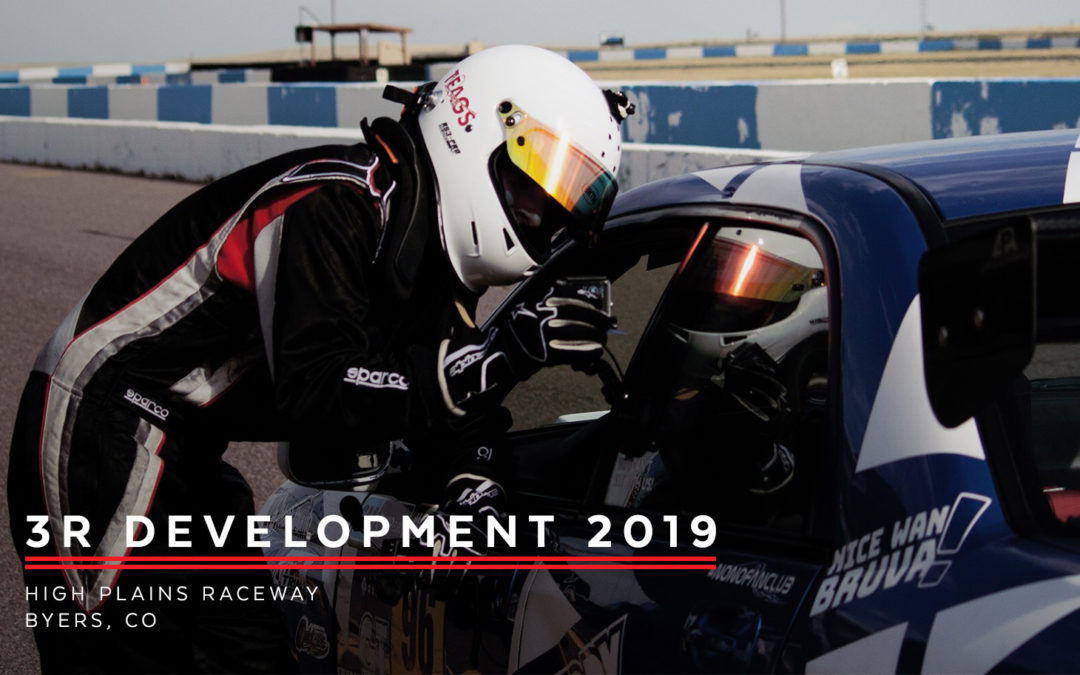Fastest lap time: 02:01.591
Before the Road America round of Gridlife, we decided to partner up with 3R Racing and run in their Driver and Car Development Test Day, hosted by Bob and Dax Raub, and their professional driver, Aaron Povoledo.
We returned to our home track, High Plains Raceway, to turn some laps and dial in the car setup a little bit, and see how a proven race team spends their time at a track.
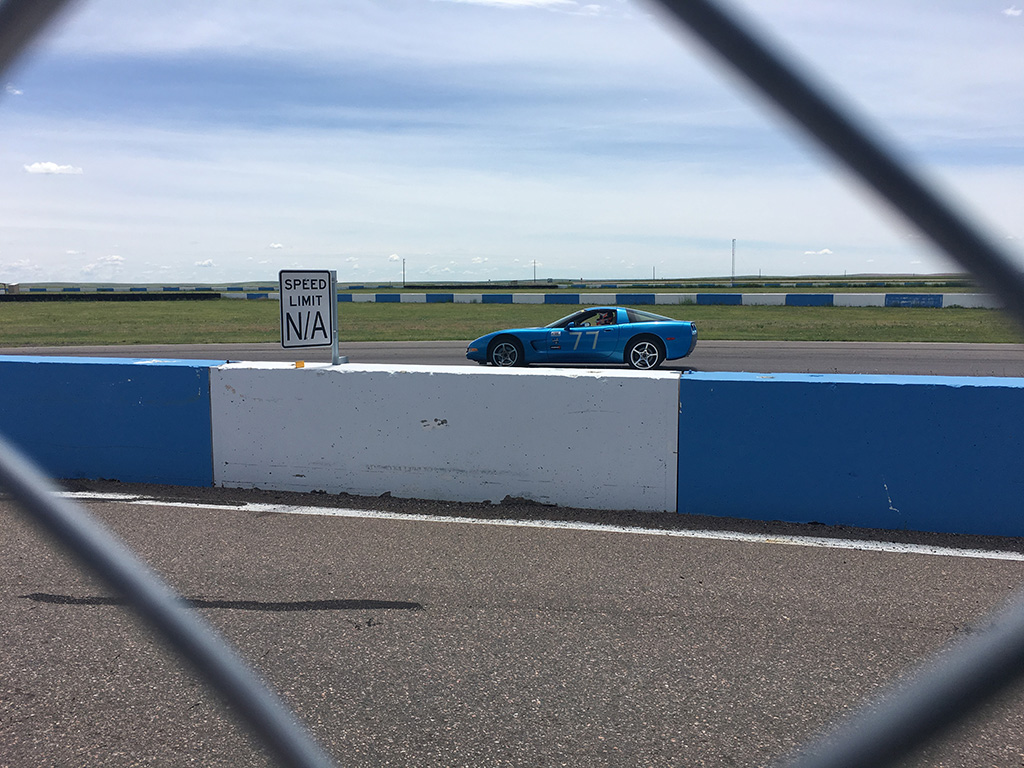
If you’re not familiar with 3R Racing, they have quite a strong competition history. In the Pirelli World Challenge, they claimed 40 wins, 47 pole positions, 156 top 5 finishes, and 244 top 10 finishes. They built on varying platforms including the Corvette C5, Porsche GT3, and Volvo S60 and C30. Their efforts led to four driver’s championships and three manufacturer’s championships, among many Crew of the Year awards and driver awards.
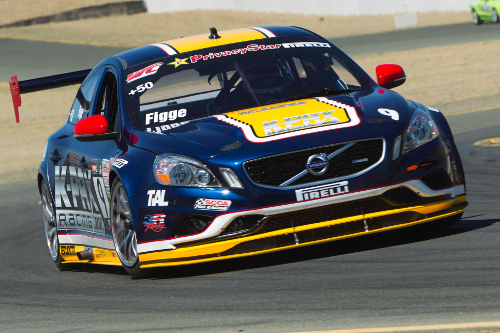
With that pedigree, we were excited to be working with them, and from the start, we knew we wouldn’t be disappointed.
The event was limited to a maximum of 20 participants, to keep the classroom time engaging and the traffic on-track to a minimum. The first thing on the schedule was an in-depth track walk with Aaron. We analyzed each corner, discussed varying entry and exit lines, and contemplated how much kerb we could eat. We also looked at how our different levels of comfort and aggression would determine our lines, both throughout the day and a full race weekend.
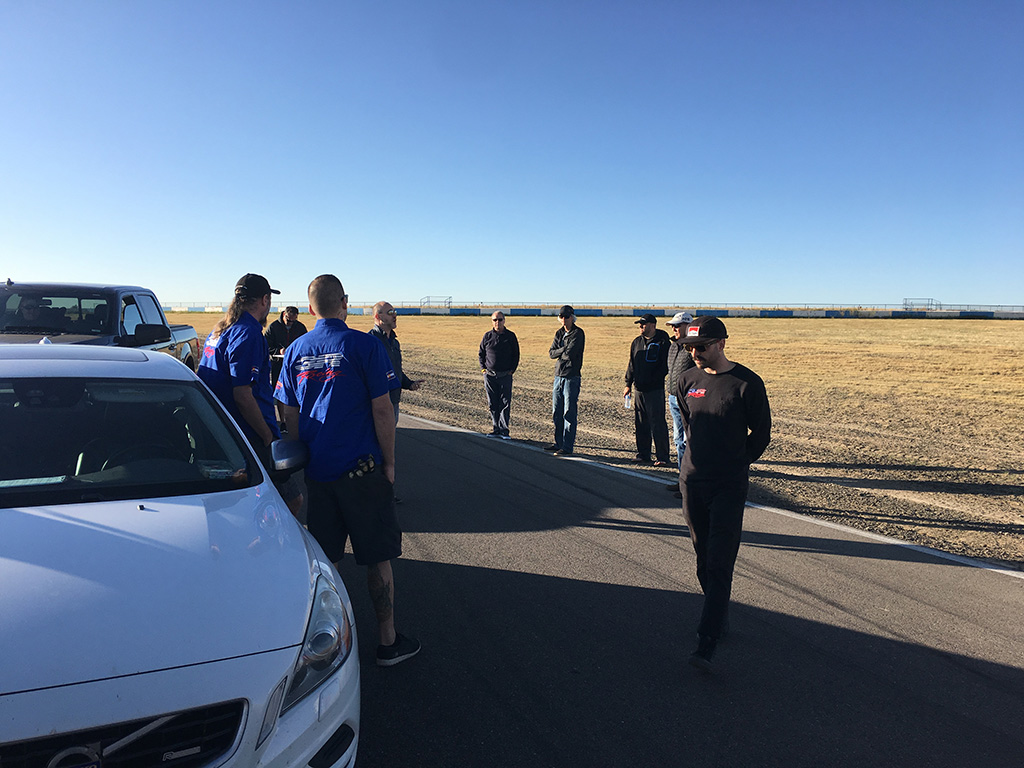
After the track walk, the track was hot. This is where some of the true value of this development day came into the light. At any time, we could come into the hot pits and request to get readings of tire pressure, tire temperature across the 3 main sections of tire, and our brake temperatures. The whole race crew from 3R was there in the pit lane to provide support. If anyone had an incident or went off, they could self report it and the entire team would look over the car for safety.
The first session was useful for us to get a good baseline time down. We started narrowing down our pressures and temperatures in the morning to get them within a ballpark we were happy with and brought our lap times to a consistent level without pushing. One of the topics covered in the classroom sessions later in the day was something we had already been conscious of since the morning: building speed throughout the day.
After the first track session, we had our first classroom session of four for the day. Aaron broke out the TV and loaded some film taken from one of the corner exits to go over lines. The camera was left to roll for the entire session so he was able to use each of us as an example to show who is using the most of the track, exiting the corner with the best line, and talk about how each different type of car may require different techniques through even this one corner. He extrapolated that concept to several of the corners, and we were tasked with applying the concept across the circuit.
In the second session, that was our goal. We weren’t concerned with lap times, but we wanted to follow the guidelines Aaron set out for us. Even without pushing, but with a new focus on corner exits, we shaved off a few tenths from our previous best time. However, on the back straight, a familiar moment brought back dreadful memories for Nigel. The gauge cluster lit up like a Christmas tree. Unlike before when the motor blew, this time he had no power steering. The combination of that and his effort to find the problem sent him straight off on turn 4.
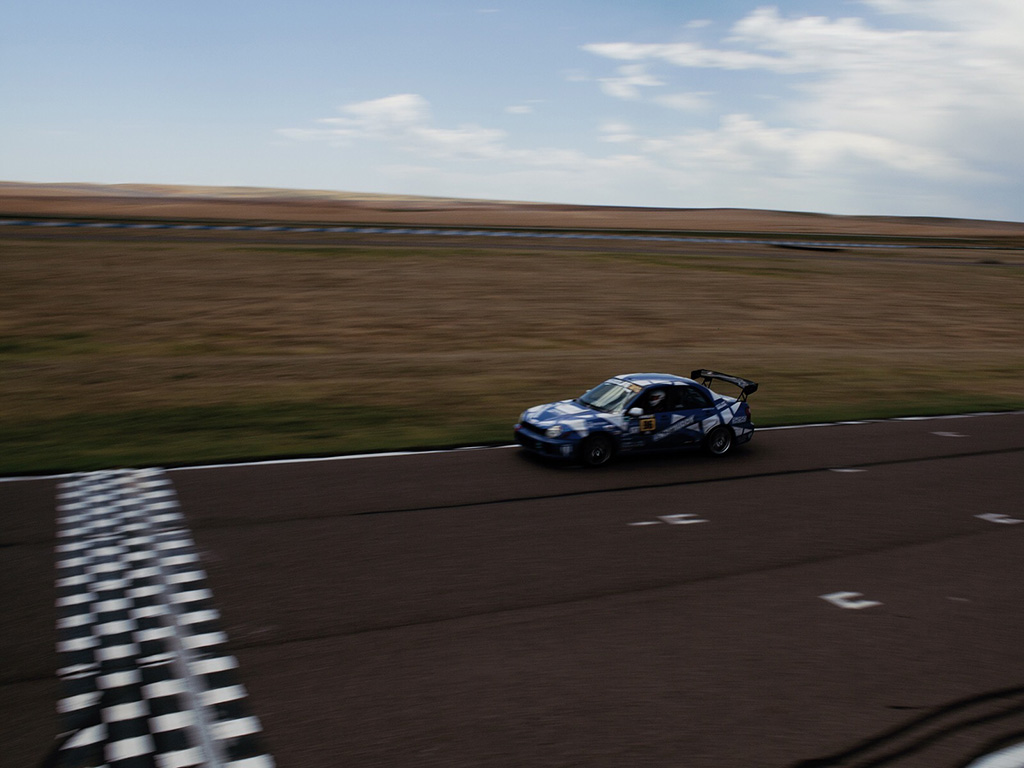
He brought the car in and the crew immediately made the universal “cut” hand motion. They looked under the hood to find a fairly odd, but serious, issue. The hood prop had been shaken from its holder, dropped down into the engine bay, and ripped the accessory belt off the pulleys.
Nigel’s dad immediately took off down the highway toward the nearest town to find an auto parts store that had a matching accessory belt, skipping the lunch break. He and the 3R team worked through their lunch break to get the car back up and running, allowing Nigel to attend the next classroom session.
While the car was down, we decided to pull the fan shroud from the radiator. This was the only thing we hadn’t tried yet and we were out of answers for the cooling system issues. Lo and behold…
The fan shroud was the issue. The overheating issue was gone and Nigel could hammer out hot lap after hot lap with no concern of overheating. With no radiator fans, coming into the pits and cooling the car off became a small issue, but it was nothing a bit of careful driving and a gentle cooldown lap wouldn’t manage.
After a few more classroom and on-track sessions, we evaluated the data from the day. As the track got hotter, and we should have slowed down, we didn’t. That hints at both driver and car improvement for the day, as we dialed in the perfect pressures for the track evolution.
Now we’re off to Wisconsin and the famed Road America circuit for another Grid Life event!

